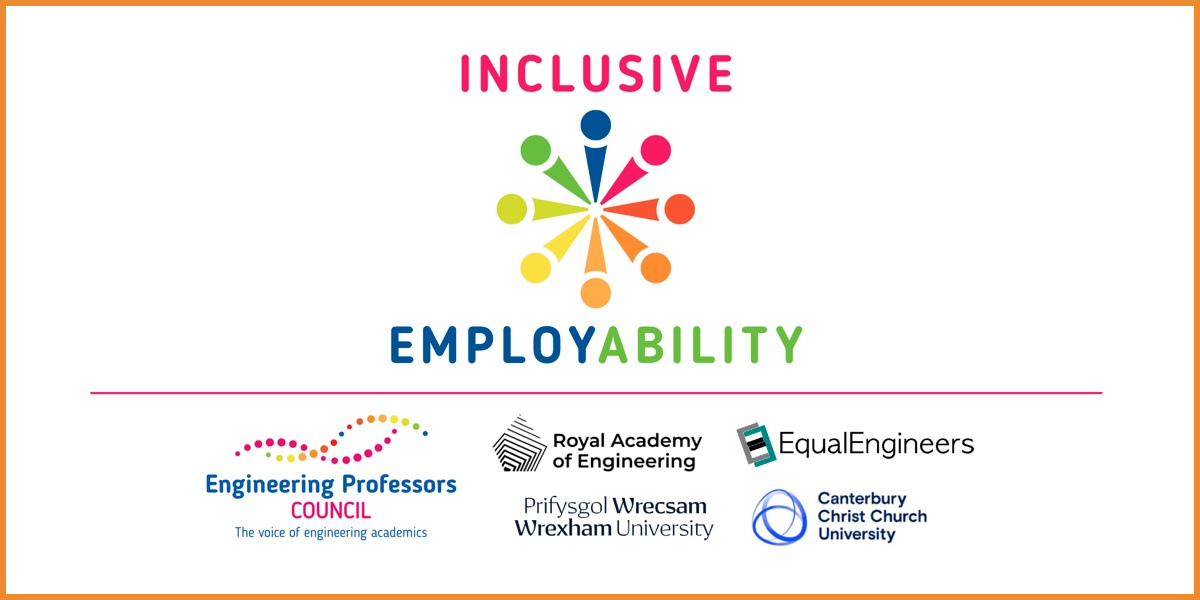A series of new How-To Guides have been developed by universities across the UK as part of the Royal Academy of Engineering’s (RAEng) Diversity Impact Programme (DIP)
Supported by the Department for Science, Innovation and Technology, this programme funds projects that inspire change within university engineering departments and tackle unequal outcomes experienced by students from underrepresented groups.
Over the past three years, the Diversity Impact Programme has provided grants of up to £100,000 to 22 university projects. The latest phase focuses on sharing what has been learned through practical, evidence-based How-To Guides that other universities can replicate to embed inclusive practices and strengthen outcomes for all engineering students.
Funded awardees and their guides
Seven awardees have produced user-friendly guides on inclusive approaches within engineering education:
- Swansea University – Representation of women engineers and outreach
- University of Plymouth – Neurodivergent and disabled students and inclusive programme design
- King’s College London – Black engineers’ representation and attainment
- University of Dundee – Socio-economic equality and career prospects
- University of Strathclyde – Socio-economic equality, mentoring, support, and outreach
- University of the West of England – Underrepresented students and the Repair Café
- Wrexham University – Underrepresented engineers and employability (as featured in our Inclusive Employability Toolkit)
Our guide
We’re proud that our recently published guide, Integrating the Engineering Professors’ Council’s Inclusive Employability Toolkit into the Higher Education Engineering Curriculum (featured in our Inclusive Employability Toolkit), was developed in collaboration with Wrexham University, one of our Toolkit supporters alongside Canterbury Christ Church University, Equal Engineers, and The Royal Academy of Engineering. Through DIP funding, Wrexham University collaborated with us to develop a How-To Guide demonstrating how to use the Toolkit in practice, featuring real-world case studies of students and educators applying it and detailed session plans. This collaboration has enabled us to share practical, scalable strategies that advance inclusive employability within engineering education. We’re delighted to be featured alongside other outstanding contributions from Swansea University, University of Plymouth, King’s College London, University of Dundee, University of Strathclyde, and University of the West of England.
Explore the guides
We encourage our members and partners to explore the other awardees’ guides to see how their insights and approaches could inform your own practice. Visit the RAEng website to view all the How-To Guides by clicking here.
This post is also available here.
 Objectives: To equip learners with the skills to successfully navigate digital and traditional recruitment processes for engineering roles. This includes demonstrating EDI, technical, and employability skills using the STAR framework; tailoring CVs for AI and Applicant Tracking Systems (ATS); and preparing for aptitude and abstract reasoning tests through targeted practice to enhance problem-solving and analytical abilities.
Objectives: To equip learners with the skills to successfully navigate digital and traditional recruitment processes for engineering roles. This includes demonstrating EDI, technical, and employability skills using the STAR framework; tailoring CVs for AI and Applicant Tracking Systems (ATS); and preparing for aptitude and abstract reasoning tests through targeted practice to enhance problem-solving and analytical abilities.

